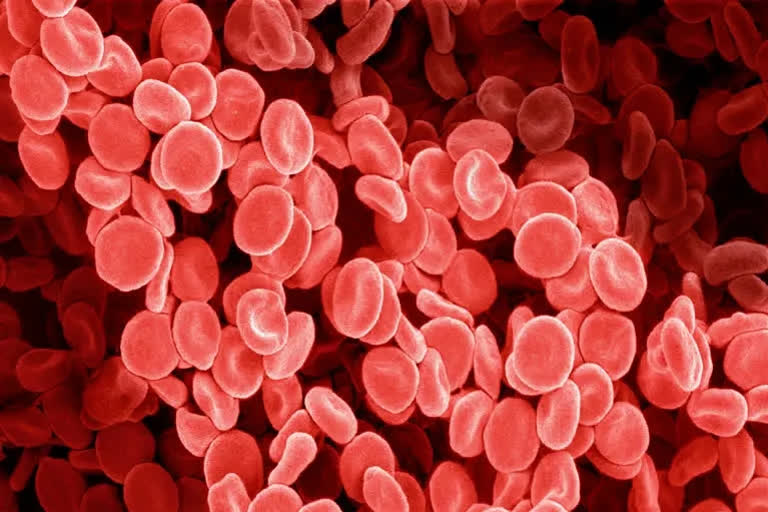Kolkata: Average hemoglobin deficiency level among women and children in West Bengal has reached an alarming level, as per the latest statistics of the union government. What is more alarming is that the average hemoglobin deficiency level is equally acute in case of pregnant as well as of non- pregnant women.
Niti Ayog has recently released the State Nutrition Profiles (SNPs) for different Indian states till March 2020. The statistics for West Bengal on this count show how the average hemoglobin deficiency levels among both women and children have deteriorated over the years. Generally, the SNPs statistics has covered these aspects over a period of 14 years i.e. from March 2006 till March 2020.
One figure is enough to ascertain how alarming the deterioration had been during a period of just four years i.e from 2016 to 2020. As per the SNPs statistics, in 2016 the rate of average hemoglobin deficiency levels among pregnant women between the age bracket of 15 and 49 years was hovering at 54. As per the latest figures i.e for March 2020 the figure is hovering at 62.
In the case of women of the same age who are not pregnant, the statistics for which are available from March 2006 to March 2020, the picture is equally pathetic. As of March 2006, the figures for average hemoglobin deficiency levels among women who are not pregnant, was hovering at 63. The same figure as of March 2020 was hovering at 72, a figure which the experts feel to be alarmingly high.
In case of children the average hemoglobin deficiency levels was at 61 as of March 2006. The same figure has increased to 69 as of March 2020. Murshidabad, North 24 Parganas, South 24 Parganas, Malda and Burdwan are the worst performing states.
Doctors and experts from the field feel that because of the COVID-19 pandemic during the last couple of years the implementation of different health mission programmes was halted during that period, following the figures on these counts that deteriorated over the years.
According to city- based renowned pediatrician, Joydeb Roy, from the figures, be it in March 2006 or be it March 2020, it is evident that the picture was never rosy. “As of March 2006 the average hemoglobin deficiency levels for children in the state was 61. That was also not a health figure. Yes it has deteriorated over time. But that is because of the lack of implementation of the different health mission schemes,” he said.
Also Read: Bengal youth BJP leader shot dead, fingers pointed out at Trinamool



